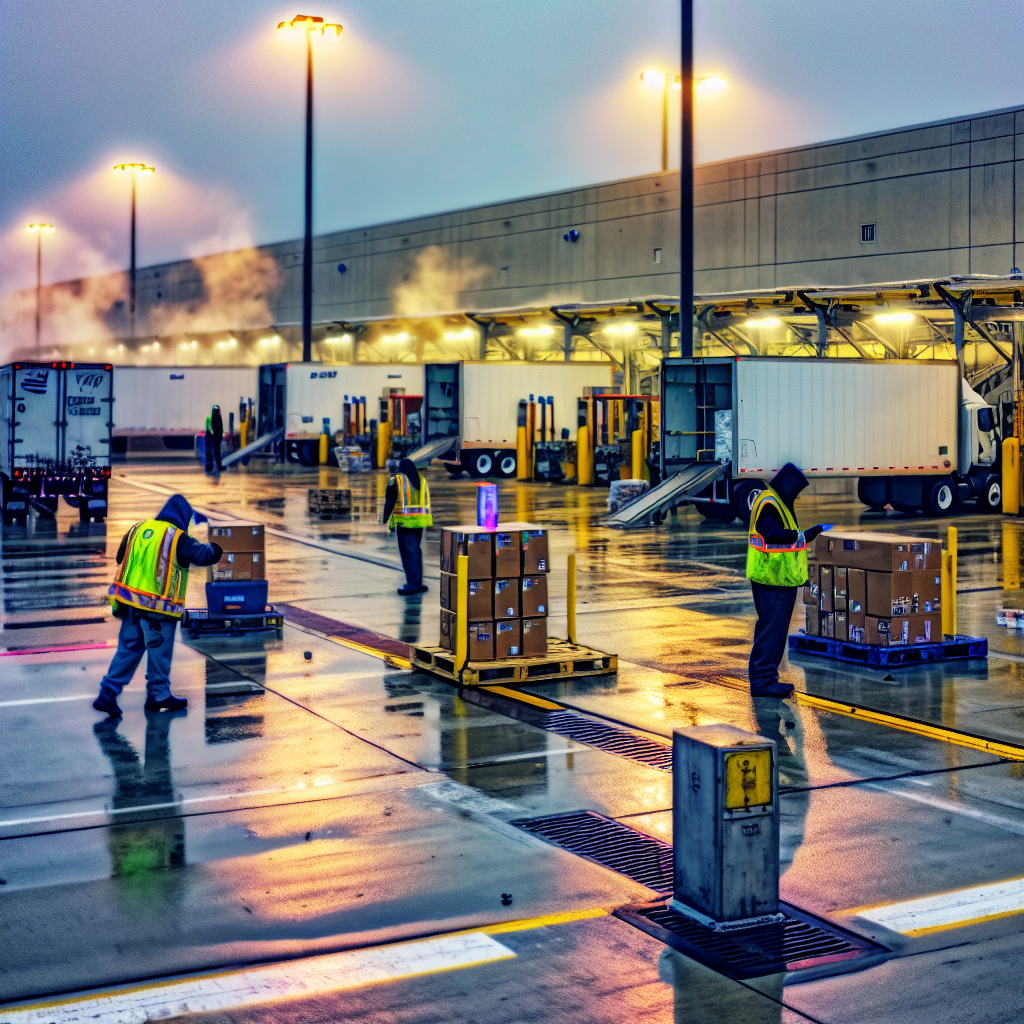Europe’s finance ministers have agreed to scrap the bloc’s €150 customs duty exemption for low‑value parcels, a move that will force duties to be paid “from the first euro” on goods shipped directly to EU consumers. The political deal came on Thursday, November 13, and includes a fast‑track plan to start collecting duties as early as 2026, with full deployment tied to a new EU customs data hub slated for mid‑2028.
Why it matters for freight: removing the de minimis threshold upends the cross‑border parcel model that has powered ultra‑cheap e-commerce imports, especially from China. EU policymakers say the change will curb systematic under‑valuation and order‑splitting that have swamped postal and express networks. For carriers and 3PLs, that points to a shift away from atomized air parcels and toward consolidated, duty‑paid flows into EU fulfillment centers—volume that ultimately rides European roads by truck.
The Commission said it will work with member states on a temporary collection mechanism so duties on small packages can begin “as soon as possible in 2026,” well ahead of the new data hub. That interim fix is critical for operational planning across air gateways and major road hubs, where customs capacity, data exchange, and bonded trucking will be tested during peak seasons.
New timing signals came from Brussels this week: officials highlighted the sheer scale of the parcel surge—about 4.6 billion low‑value items last year, the vast majority from China—and pressed to accelerate implementation. Some ministers publicly pushed to “get a grip” on those flows, underscoring political momentum behind the crackdown.
For trucking and parcel operators, three big adjustments loom. First, more inventory will be pre‑positioned inside the EU to avoid per‑parcel duty collection at the border. That favors containerized imports and regional DCs, feeding steady intra‑EU linehaul and last‑mile volumes rather than ad‑hoc postal handoffs. Second, customs formalities will expand to consignments that previously slipped through on value; expect tighter data requirements at airports, seaports, and road frontier offices, with increased demand for bonded transfer and cross‑dock capacity. Third, pricing will recalibrate. If ministers adopt a transitional model that includes a per‑parcel charge—as some officials and reports suggest—small‑packet economics will change overnight, altering carrier mix and shipment profiles.
The agreement also aligns Europe with the direction of U.S. policy, which eliminated duty‑free entry for low‑value shipments earlier this year. For global 3PLs and platforms that serve both markets, the combined effect is likely to compress the arbitrage that favored direct‑to‑consumer micro‑shipments and to channel more freight into consolidated lanes, EU warehouse networks, and scheduled road transport.
Key operational markers to watch next: an Ecofin discussion on December 12 to nail down the interim collection design; Commission guidance on data elements and liability along the parcel chain; and member‑state readiness at high‑volume gateways for inland movements under bond. Decisions on these points will drive how quickly air‑to‑road handoffs, customs brokerage staffing, and network timetables must be retooled ahead of 2026.
Bottom line: the EU just rewrote the rules of engagement for low‑value imports. As duties start applying to every parcel, e-commerce freight will consolidate, customs will move upstream in the supply chain, and European roads—not just letterboxes—will carry a larger share of the load. For trucking companies, that means more predictable B2B flows into DCs, new opportunities in bonded linehaul, and a premium on customs‑savvy operations.
Sources: FreightWaves, European Commission (DG TAXUD), Reuters, Financial Times, The Brussels Times, NL Times
This article was prepared exclusively for TruckStopInsider.com. Republishing is permitted only with proper credit and a link back to the original source.




